The Best Stereo EQ processors for Mixdown and Mastering
Hardware EQs for your Master Bus.
The mixdown stage is a crucial aspect of the recording process, as you finalize your productions for release. We’re taking a look at some of the best stereo EQ units that provide control over your master bus.
In this Article
Hardware of this nature is not cheap, but it’s still far more affordable than the original vintage designs from the 50s, 60s, and 70s. It’s also available in formats like 500-series, which is more compact and even offers portability for live sound environments.
Like preamps, you will often be confronted with the choice of clean transformerless designs or those that offer classic topologies with transformer or tube saturation. To have the best of both worlds, mastering studios are often equipped with both character-inducing and more transparent types of EQs, so keep in mind the style of music you’re working with.
Choosing the Best Stereo EQs
While some parametric EQ designs are based on well-known classics, others might borrow a feature or two. This is done with the aim of innovating and creating a tool more relevant in the context of modern audio production.
The Best Stereo EQs: SSL UltraViolet EQ
The UltraViolet EQ is the perfect companion to the SSL bus compressor. Derived from the EQ section on the SSL Fusion processor, you get a selection of controls for shaping your mix. This includes two cut filters with four selectable bands, two peaking filters, and an additional LP filter.
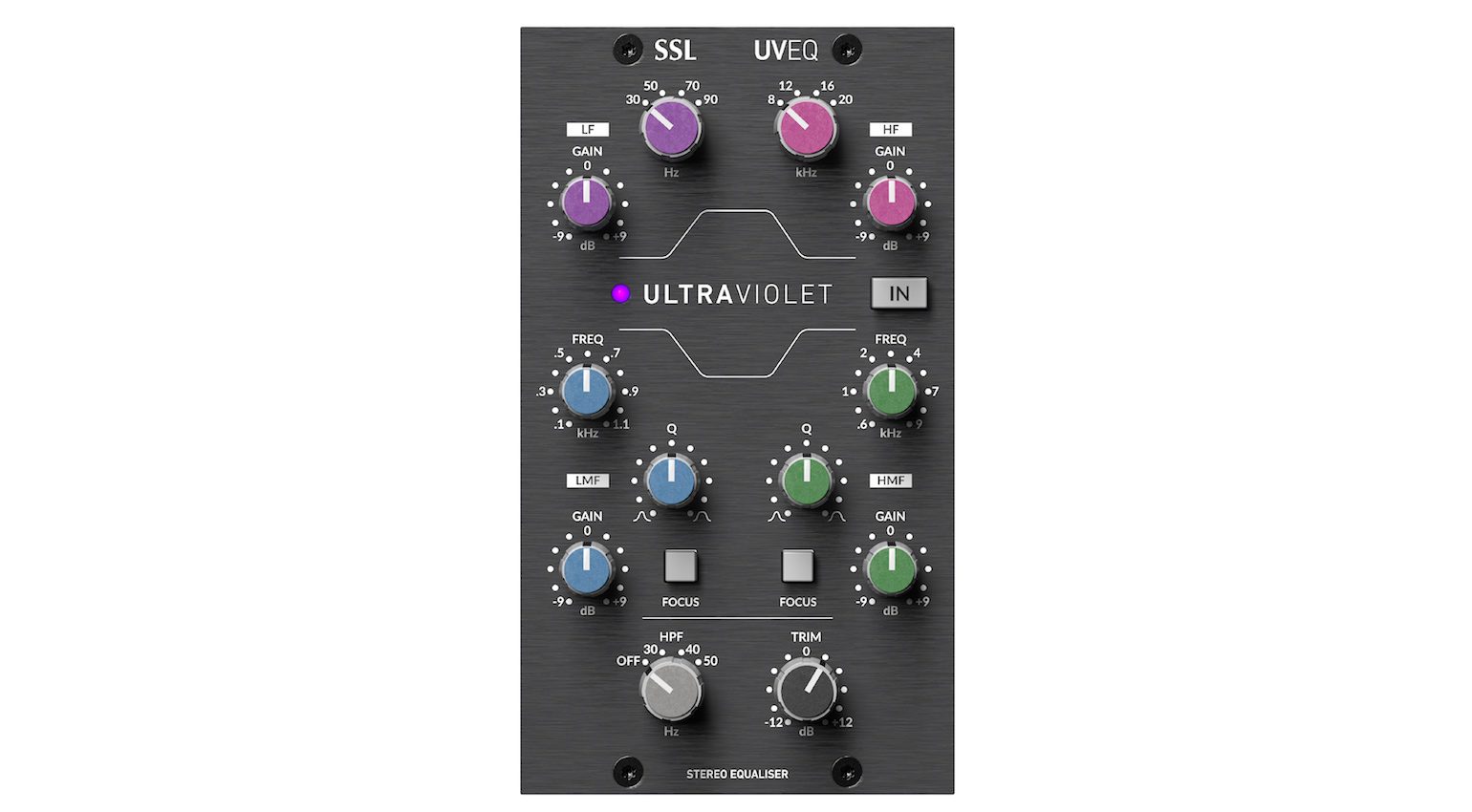
The main parametric controls are the two variable mid-bands, which also have useful focus switches. This function narrows the Q-factor and increases the gain range, allowing you to make even more precise adjustments. Get it at Thomann.*
- More from SSL
The Best Stereo EQs: Elysia Xfilter Qube
The Elysia Xfilter Qube offers an affordable solution for adding an extremely high-quality parametric EQ stage onto your mix bus. It provides two parametric peaking filter bands with narrow Q switches and two shelving filters with resonant cut switches.
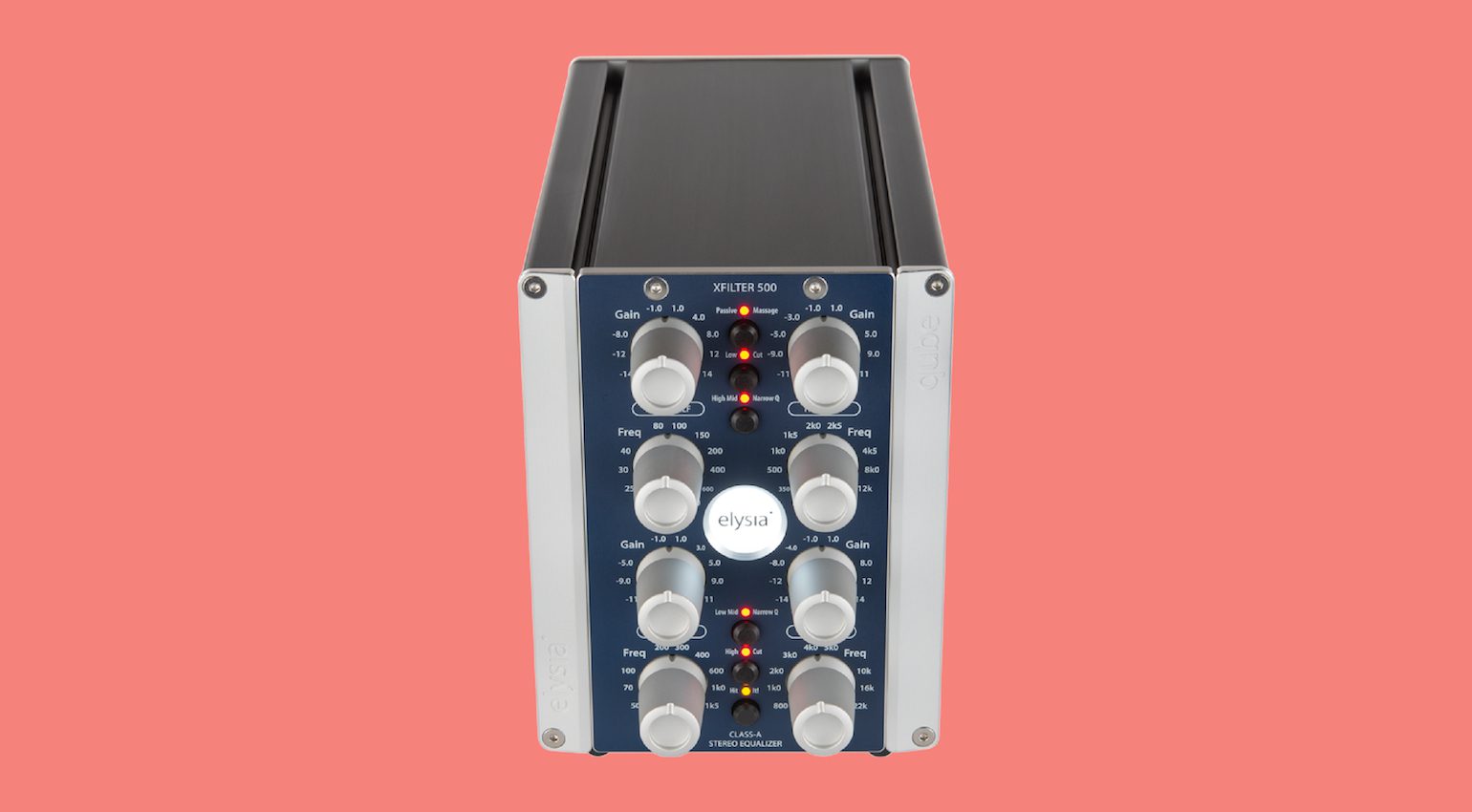
All four bands are active, but there is an additional passive filter for adding a gentle high-frequency shine at 12 kHz. Overall, Xfilter is geared toward current music production practices and is also available in a 500-series module, a rack-mountable unit, and a mastering edition. Get it at Thomann.*
- More from Elysia
The Best Stereo EQs: Drawmer 1974
As the name suggests, the Drawmer 1974 is a stereo parametric EQ inspired by the designs of the 1970s. Apart from the vintage sound, you get a very flexible four-band EQ that can be used at any stage of the recording process.

The two mid-range bands have variable Q controls, and there are additional high and low-cut filters to really focus the scope of the frequency range you’re working with. A great choice if you’re looking for a classic-styled but affordable EQ. Get it at Thomann.*
- More from Drawmer
The Best Stereo EQs: IGS Rubber Bands ME
The IGS Audio Rubber Bands ME is an excellent choice for mixdown and mastering. Pultec-style EQs may be more limited than fully parametric EQs in many ways. However, they force you to take a more hands-on approach, which can make you a better engineer in time.
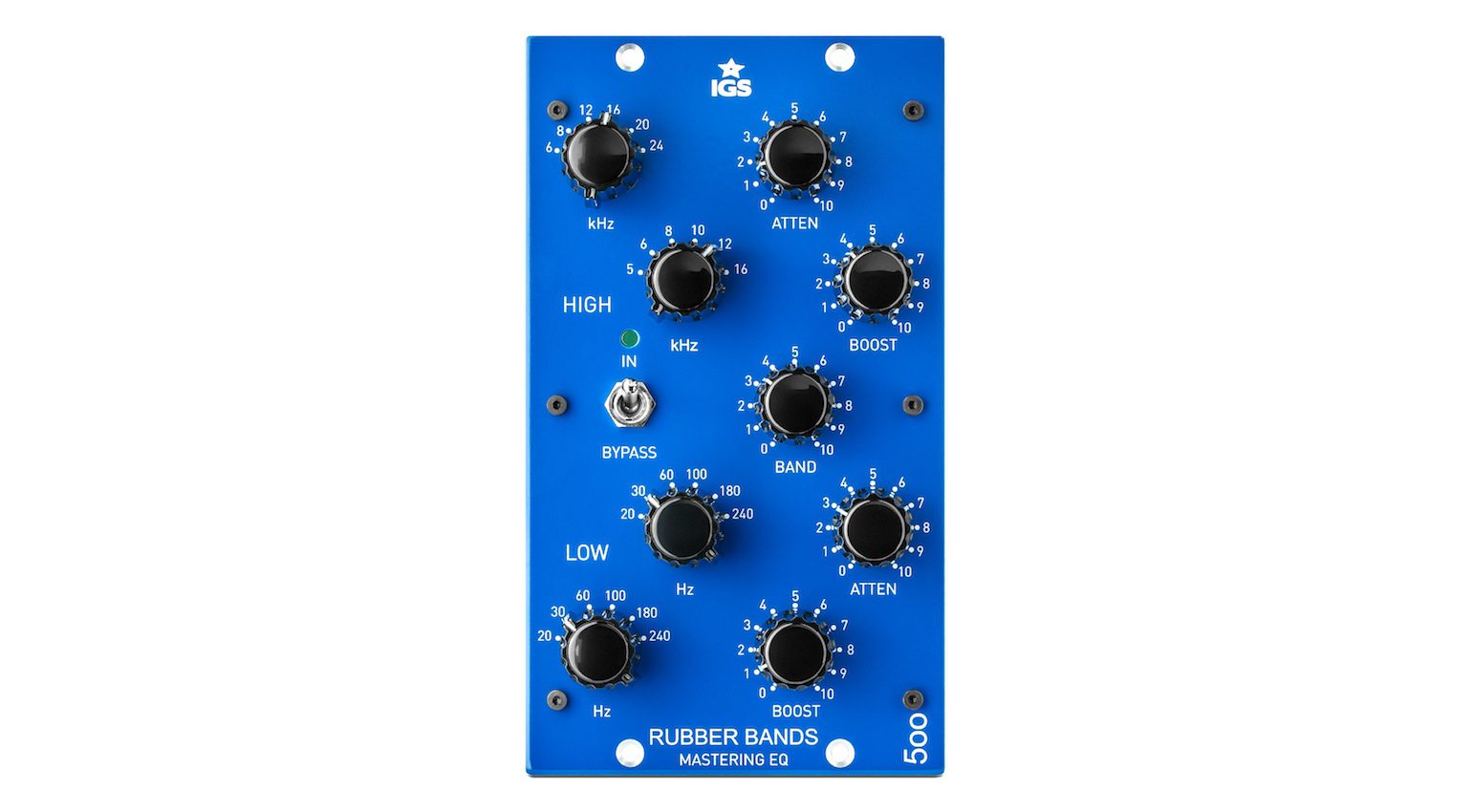
The controls allow you to select individual frequencies for attenuation and boosting in both your high and low range, which adds versatility. In addition, you can also control the bandwidth of the high-frequency filter just like the original Pultec. Get it at Thomann.*
- More from IGS Audio
The Best Stereo EQs: WES Audio Hyperion
The WesAudio Hyperion does everything you’d expect in a pro-grade hardware EQ and then some. Apart from its extensive parametric controls, it’s also a Mid/Side processor, which makes things far more interesting.
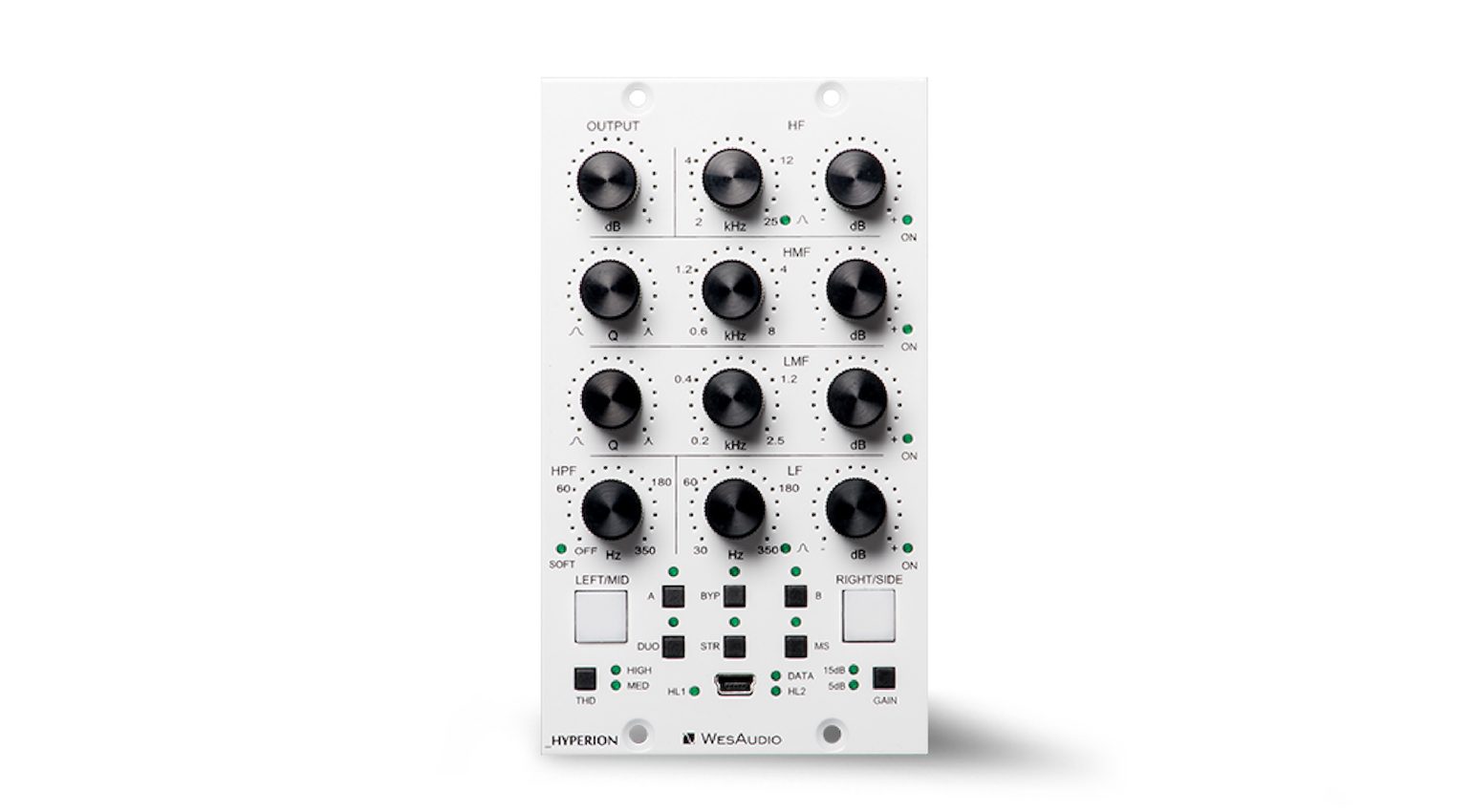
In addition, when connected via USB or used in conjunction with the Titan 500-series rack, you get complete digital control from within your DAW, including presets and automation. This provides WESAudio gear with a modern edge, while still remaining true to classic analogue design principles. Get it at Thomann.*
- More from WES Audio
The Best Stereo EQs: Zähl EQ1
Easily one of the best EQ modules ever designed for the 500 series format, the Zähl EQ1 combines a perfect balance of precision electronics and intuitive musical design. Originally implemented on the AM1 modular mixing console, the EQ1 offers flexibility for mixing and mastering applications with an uncoloured sound and musical contours.

There are four bands and a variable low-cut filter, including a high band (2 to 20 kHz) and a low band (30 to 300 Hz) with fixed Q and bell or shelf filter modes. Meanwhile, the upper and lower midrange bands have adjustable Q-factor controls and a switch that changes the frequency range for different applications.
Each of the EQ bands can be bypassed, so you can hear exactly what each one is doing when you need to, and both the EQ band’s gain and the global I/O gain range can be adjusted (+/- 5 dB and +/- 15 dB) to suit your preference. Naturally, having such depth of control over tone shaping comes at a price, but the Zähl EQ1 isn’t an investment you’ll regret. Get it at Thomann.*
The Best Stereo EQs: Cranborne Audio Carnaby HE2
The Carnaby HE2 from Cranborne Audio takes a slightly different approach, using harmonic saturation for boosting or cutting frequencies. Besides its warm sound, the beauty of the Carnaby HE2 is that you can use it for stereo, dual-mono, or mid-side processing. This allows you to use it for tracking, mixing, or mastering applications, giving it plenty of all-round value.
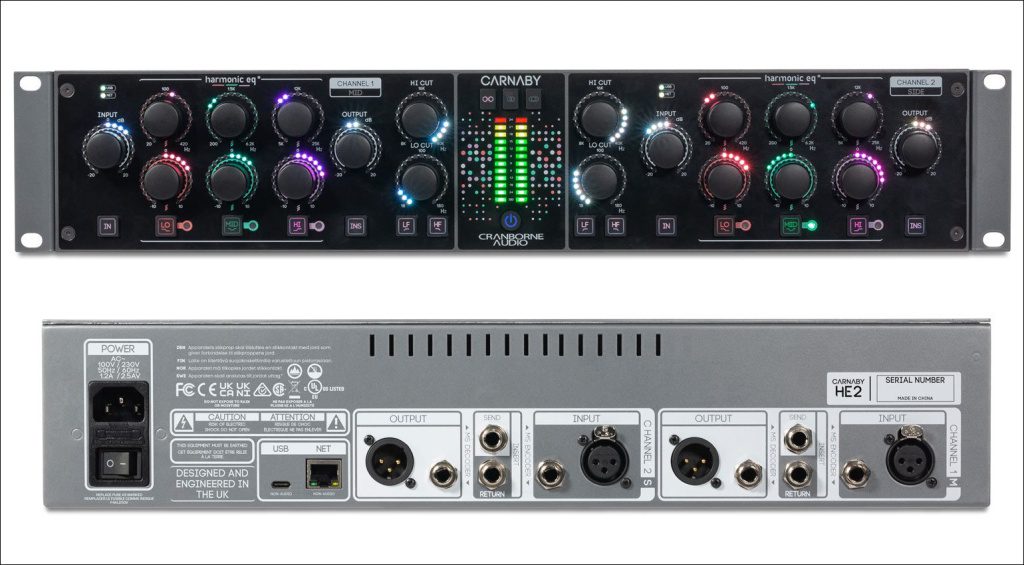
To set the frequency range on either channel, there are variable high-cut and low-cut filters, as well as the main high shelf, midrange bell, and low shelf filters. Each of the three main bands can be bypassed, so you can always check your work, and there is an insert on each channel to add additional outboard gear into the signal path.
Also, the Carnaby HE2 is digitally controlled, so you can automate its parameters and recall presets from within your DAW. Overall, the Carnaby HE2 provides a great balance of analogue warmth and modern DAW-friendly workflow, and you can use it in almost any part of the music production process. Get it at Thomann.*
The Best Stereo EQs: API 5500
The API 5500 is one of those timeless EQ designs, giving you that classic American sound with the proportional Q feature made famous by the 550. Each of the two channels can function independently and provides four bands per channel with shelving filter modes on the high and low bands.
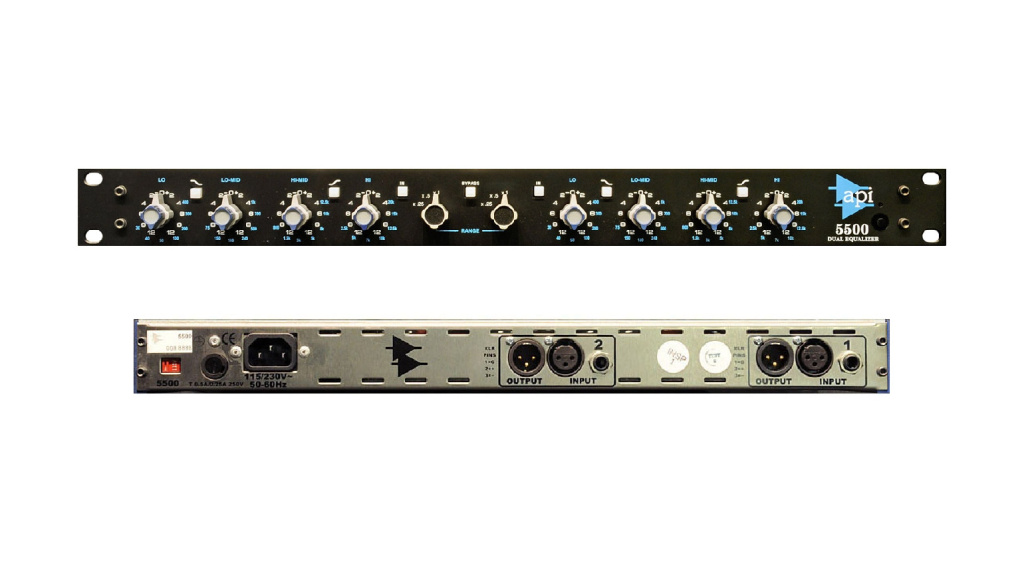
The 5500 gets its sound from its completely discrete circuitry with two legendary 2520 op amps in each channel and 2503 output transformers. The 5500 is also versatile, so you can use it in tracking, mixing, or mastering. This is enabled by the ability to adjust the gain range for making more delicate adjustments, with three different settings (x1, x.5, and x.25).
Despite the pricetag, the 5500 will earn its keep in your studio with the high-quality natural sound of the EQ bands, coupled with the ability to use it in any situation. However, you will probably hear a noticeable difference with the 5500 on your mixbus, with the ability to accentuate different areas of your mix in a truly musical way. Get it at Thomann.*
The Best Stereo EQs: Manley Massive Passive
Considered the top of the EQ pile by so many producers and engineers, the Manley Massive Passive has incredibly musical curves for shaping individual sources, channel groups, and entire mixes. Because it’s a passive, Pultec-style design, you can do boosts and cuts in the same area of the frequency range and still achieve amazing results.
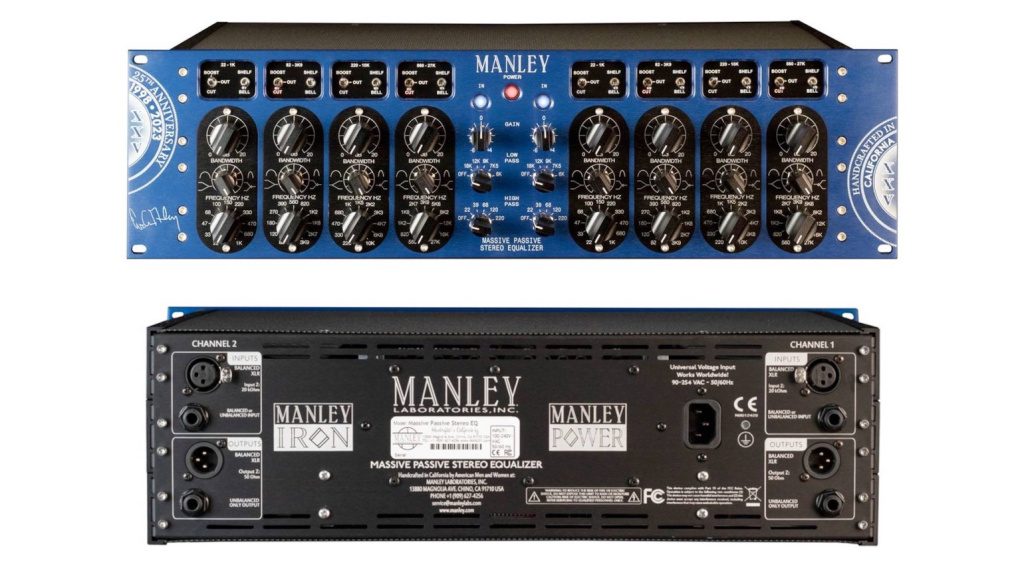
The key to the design of the Massive Passive is that each band can boost or cut as a shelf or bell filter, and the proportional Q means that the bandwidth will tighten the more gain you add. This means that you can combine ultra-precise corrective cuts with broader boosts to mold the tonal range of any signal to enhance detail.
The Massive Passive is also equipped with variable low-pass and high-pass filters, and perhaps more importantly, a tube makeup gain stage to ensure that your output signal is at the right level for mixing or mastering. Meanwhile, there is also a mastering version of the Massive Passive with stepped pots and filters that are better suited for the task. Get it at Thomann.*
More about the Best Stereo EQ:
- Thomann’s Guide to Equalizers
- All about EQ
- More about home recording
- Everything vintage
*Note: This article about the best stereo EQ contains affiliate links that help us fund our site. Don’t worry: the price for you always stays the same! If you buy something through these links, we will receive a small commission. Thank you for your support!
4 responses to “The Best Stereo EQ processors for Mixdown and Mastering”


 4,3 / 5,0 |
4,3 / 5,0 | 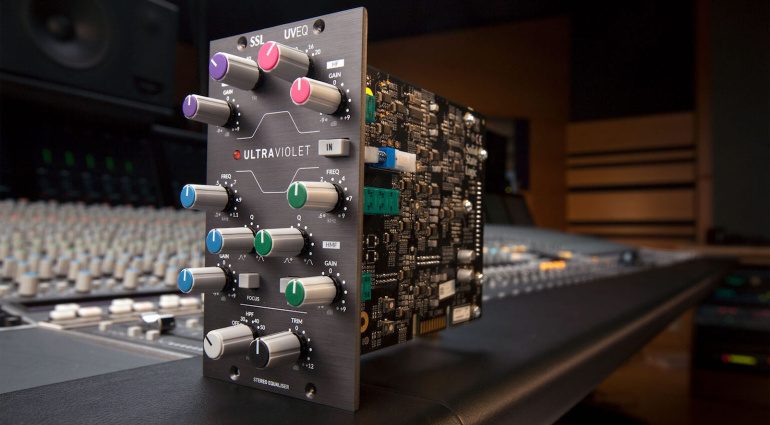

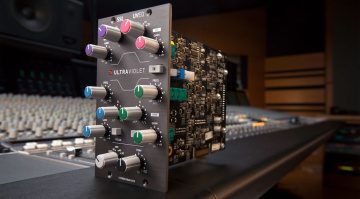

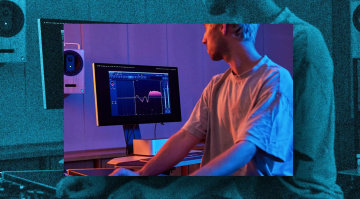
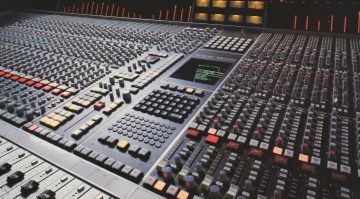
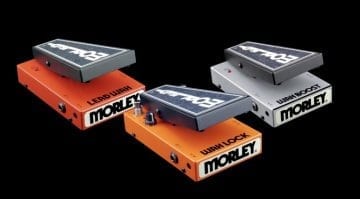
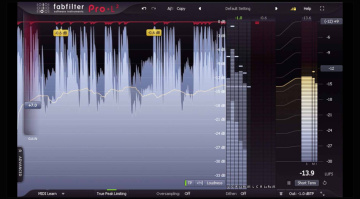

Missing Zaehl EQ1 Stereo Equalizer
The Zähl EQ1 is certainly one of the best 500-series EQs ever designed, but it falls slightly out of the price range for this particular post.
The Hyperion can be used without a titan, for that it has an USB port in the front
Tegeler Creme